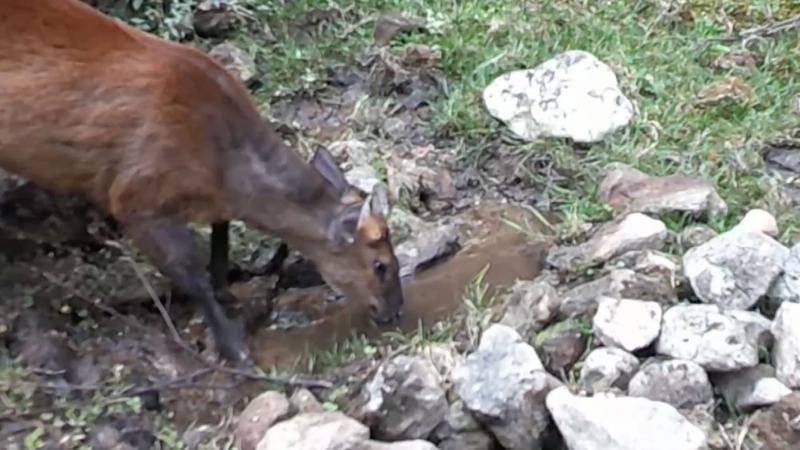In the parched hills of Yunnan Province on the Chinese mainland, within the Lancang River Provincial Nature Reserve, a simple engineering feat is making a big splash. Conservation staff dug a small waterhole to ease seasonal water shortages and set up an infrared camera to monitor wildlife visits.
Within days, the camera captured dozens of animals quenching their thirst: silver pheasants, crab-eating mongooses, squirrels, porcupines, red muntjacs and wild boars. This snapshot of biodiversity highlights the vital role that targeted conservation measures play in supporting ecosystems stressed by dry spells.
Data from the reserve shows that natural water sources can drop by up to 60% in the dry season, leaving wildlife vulnerable. By creating this micro-oasis, teams not only provided a life-saving resource but also gained real-time insights into species behavior. This low-cost, high-impact approach offers a model for other protected areas facing similar challenges.
For young global citizens, entrepreneurs and activists watching climate impacts intensify, this story is a reminder that small interventions, backed by data, can yield big wins for wildlife. As conservation goes digital, initiatives like this waterhole prove that innovation and collaboration across cultures can keep our planet's most vulnerable residents thriving.
Reference(s):
Small waterhole draws a crowd of wildlife in China's Yunnan Province
cgtn.com




